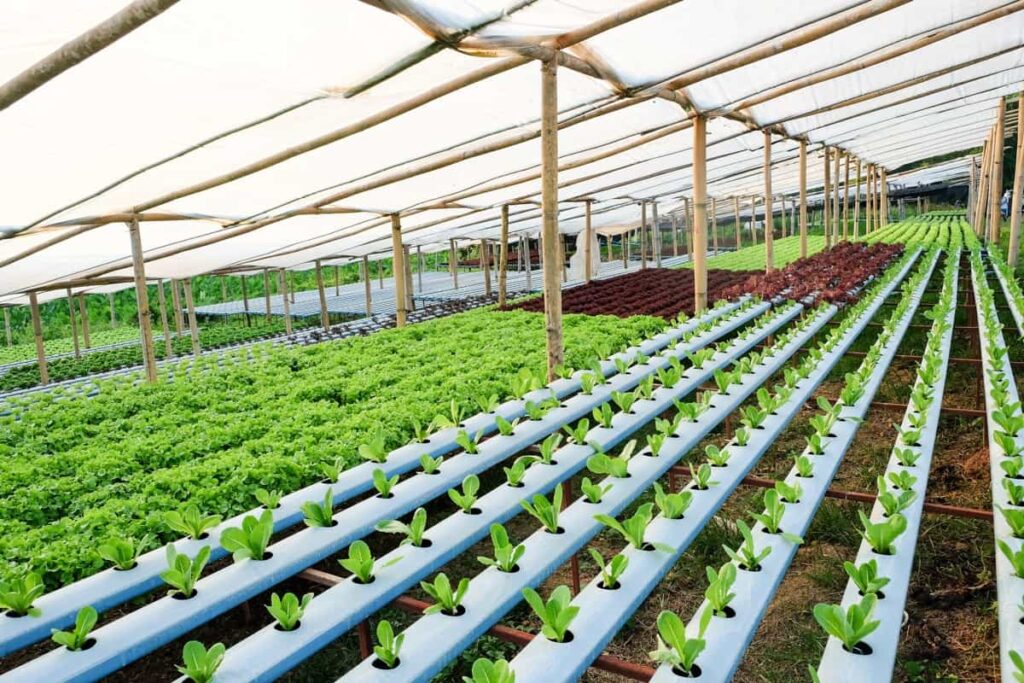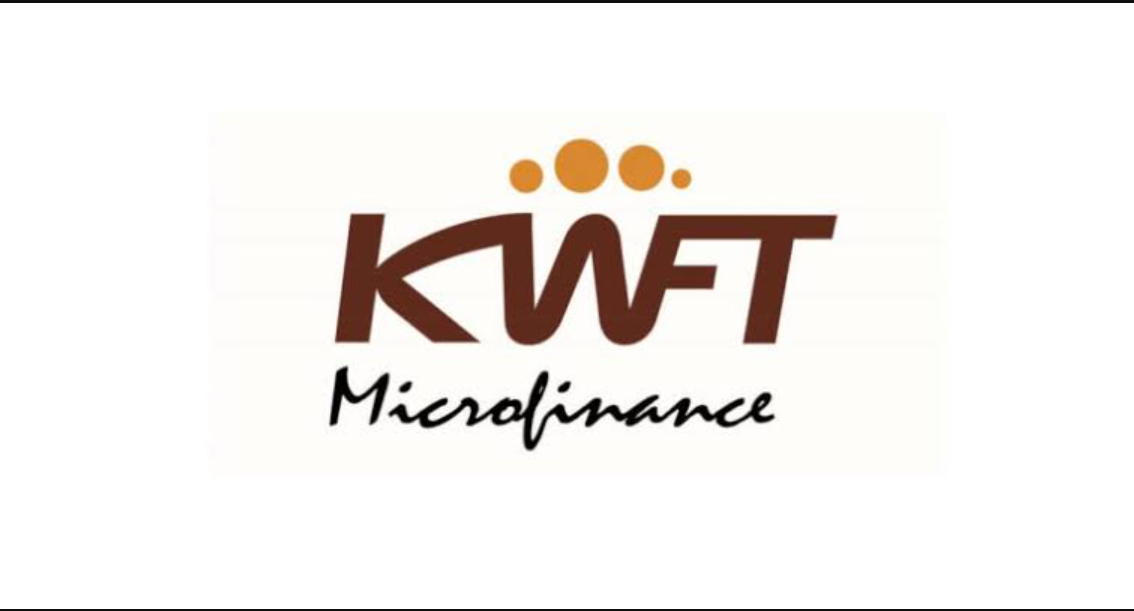Hydroponic farming in Kenya is quickly gaining attention among farmers and agripreneurs.
This modern farming system involves growing plants without soil, using water mixed with nutrients to nourish crops. Although the idea is still relatively new in Kenya, it has been successfully practiced in other parts of the world for many years.
Kenyan farmers are now slowly embracing it because it allows faster growth, reduces the risk of soil-borne diseases, and ensures reliable food production. With the right setup, hydroponics can transform farming in the country.

Hydroponic Farming in Kenya
Hydroponic farming in Kenya works by eliminating soil from the growing process and instead using nutrient-rich water. Plants absorb essential minerals directly from the solution, which helps them grow faster and healthier compared to traditional soil farming.
Studies show crops can grow up to 25% faster under hydroponics. For example, a crop that usually takes 21 days in soil may take just six days to mature in a hydroponic system.
This makes hydroponics a highly efficient solution for farmers dealing with limited land or those farming in urban areas. It also ensures consistent harvests throughout the year, regardless of weather or season.
Different Types of Hydroponic Systems
There are several types of hydroponic systems that farmers in Kenya can choose from depending on their budget and farming goals.
- Deep water culture – Plants grow with their roots suspended in nutrient-rich water.
- Wick systems – A simple method where nutrients are delivered to the plants through a wick.
- Nutrient film technique – A thin film of water continuously flows over plant roots.
- Aeroponics – Roots are suspended in the air and misted with nutrients.
- Ebb and flow – Roots are flooded with nutrients and then drained in cycles.
- Drip system – Nutrients are delivered drop by drop directly to each plant.
These systems vary in complexity, cost, and water usage, but all aim to provide crops with the right nutrients efficiently.
Best Crops for Hydroponic Farming in Kenya
While almost any crop can grow under hydroponics, some plants thrive exceptionally well. Farmers practicing hydroponic farming in Kenya often start with:
- Lettuce
- Kale
- Spinach
- Fodder
- Cucumber
- Onions
- Coriander
- Cilantro
- Basil
These crops mature quickly, have high demand in the market, and ensure good returns for farmers.
Benefits of Hydroponic Farming In Kenya
Hydroponic farming in Kenya offers several advantages that make it attractive to modern farmers.
First, it saves space and resources. Unlike traditional farming, hydroponics uses less water and allows vertical or compact setups, which is perfect for urban farming.
Second, it promotes faster growth. Plants grown under hydroponics mature faster, are stronger, and have higher nutritional value. Farmers also enjoy continuous harvests because crops can be grown throughout the year without depending on seasons.
Third, hydroponics reduces pests and diseases. Since the crops are grown without soil, there is no risk of soil-borne diseases. Managing pests is also easier because of the controlled environment.
Finally, it is cost-effective in the long run. Farmers require less labour, and they have full control of the nutrients supplied to plants. This ensures healthier produce and a consistent supply of food for both family and commercial use.






































